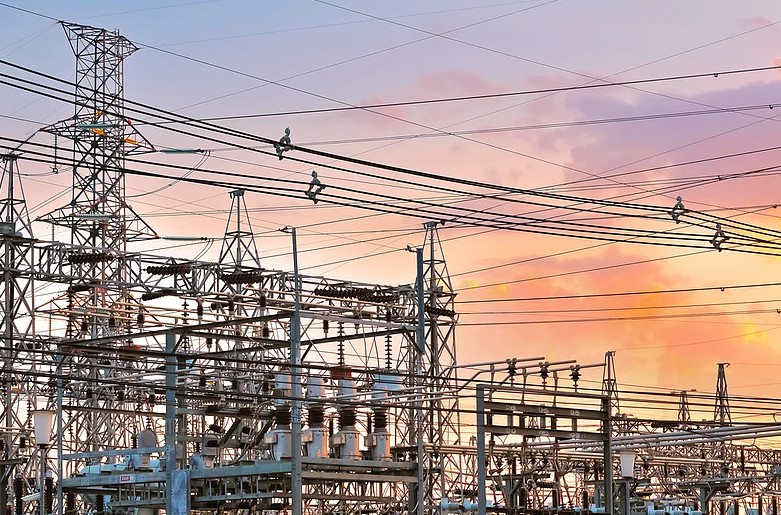
New Delhi: India’s power demand surged in March due to increasing temperatures and heightened usage from industrial and commercial consumers, as outlined in a report by Crisil Intelligence released on Thursday.
The average monthly temperature during March was recorded at 25.5 degrees Celsius, surpassing the 30-year normal average of 24.71 degrees Celsius. Both western and eastern central India experienced 1-5 heatwave days throughout the month, contributing to a 6.9 percent rise in power demand, significantly higher than the full-year average increase of 4.3 percent. In the western region, particularly Gujarat, power demand spiked by 10 percent compared to last year, with some areas experiencing six heatwave days.
The report also mentions that the seasonally adjusted India PMI, a measure of the country’s industrial activity, rose from 56.3 in February to 58.1 in March, marking the highest figure in eight months. This indicates a notable improvement in the manufacturing sector, exceeding its typical long-run average.
With nearly half of India’s power demand coming from industrial and commercial users, the expansion of relevant activities is crucial for sustaining future demand growth.
In terms of peak power demand, it reached 235 GW, an increase of 14 GW compared to the previous fiscal year. This demand surge also impacted the short-term power market, where the real-time market (RTM) volume shot up by 34 percent year-on-year to 3,727 million units (MU). The RTM’s share in total electricity traded on the Indian Energy Exchange (IEX) rose to 33 percent, compared to an average of 24 percent since its inception in June 2020, although the average market-clearing price for March remained stable at Rs 3.93/unit, slightly up from Rs 3.91/unit, thanks to increased power supply.
Power generation increased by 8 percent year-on-year to 161 billion units (BU) in March, aligning with the rise in demand, although it showed a more significant growth of 13 percent compared to February. All fuel types saw more than a 5 percent increase in output for March. Specifically, coal-based power generation grew by 6.7 percent, reaching 120 BU and accounting for 75 percent of the total power supply, underlining India’s continued dependence on coal during spikes in demand.
Renewable energy (RE) production also rose, increasing by 15.4 percent despite a high base of 11.4 percent the previous year, with RE’s contribution to the fuel mix climbing to 14 percent from 12.7 percent in March 2024, reflecting the country’s commitment to achieving its COP26 targets.
Additionally, the generation of hydro and nuclear energy saw increases of 33 percent and 17 percent, contributing 6 percent and 3 percent to the energy mix, respectively.
Coal dispatches to power plants rose by 6.25 percent in March and 6 percent year-on-year in fiscal 2025, thereby boosting inventories. By March 31, thermal power plants had accumulated 58 million tonnes (MT) of coal stock, up from 51 MT the previous year, with coal inventory improving to 20 days compared to 18 days in March 2024.
Overall, the power demand increased by 4.3 percent year-on-year in fiscal 2025 to 1,695, continuing a trend following three years of high growth averaging 7.1 percent annually between fiscals 2022 and 2024.
For the first quarter (April-June) of fiscal 2026, Crisil Intelligence anticipates power demand to rise 6.5-7.5 percent compared to the same period last year, down from 11 percent in the previous fiscal year. With the India Meteorological Department predicting a greater than 50 percent chance of above-normal temperatures during the summer months of April, May, and June, cooling demands are expected to increase significantly.
